Cross Roads: Shakespeare and the Indian Film Magic
- Prarthana Binish

- Sep 18
- 3 min read
Updated: Sep 25
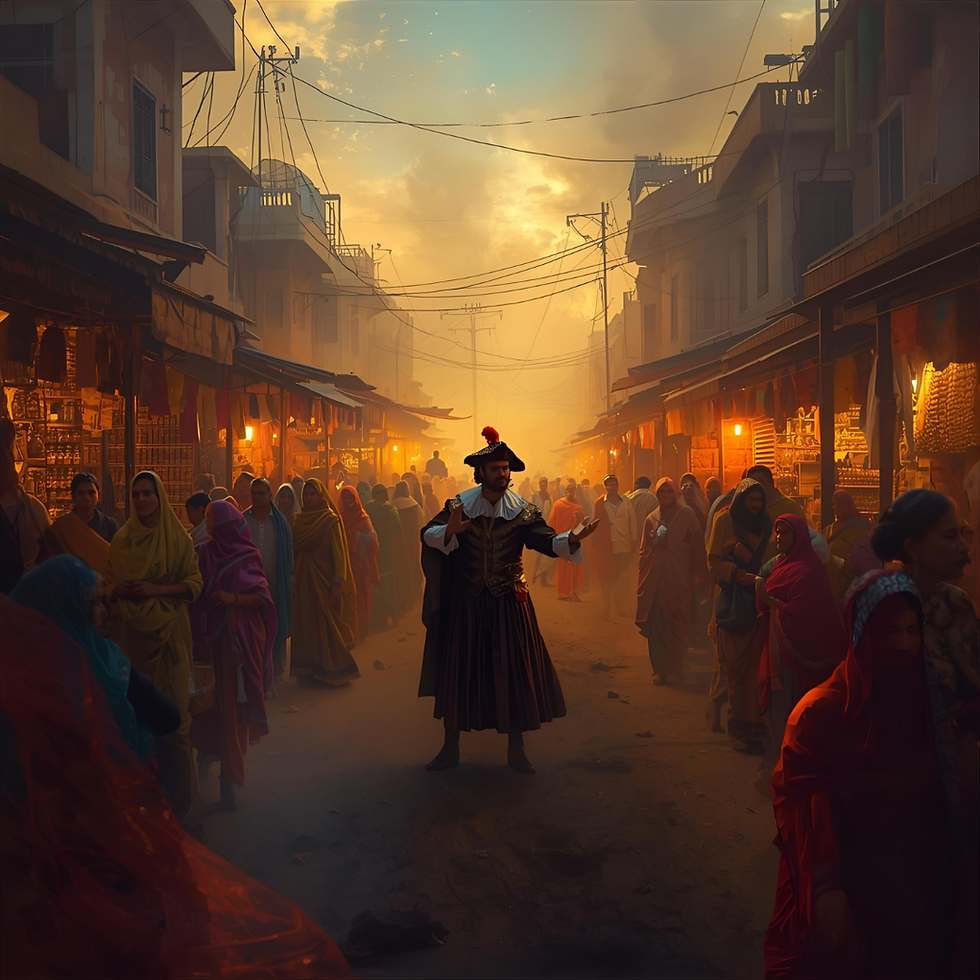
Picture an Indian marketplace with dust swirling in the background with words spoken with all the weight of a Shakespearean soliloquy. In Indian cinema, Shakespeare's plays do not simply land, they erupt into vibrant color, chaos, and emotion. For generations, filmmakers have interpreted Shakespeare's works to fuse Elizabethan wit with the raw energy of the local milieu. This blog is less of a lecture and more like a lens to focus through to travel through the wild heart of Indian Shakespeare's intense plots, heated relationships, pageantry, and action long after the lights go down.
Indian Stories and Shakespearean Soul : Vishal Bhardwaj Trilogy

Directors, screenwriters, and actors have adapted his tragedies and comedies by re-setting them with folk rhythms, sizzling dialogue, and colors of everyday life. Every adaptation sings with the musicality of the government, obfuscating the borders of the Globe in London to the film studios in Mumbai.
Take Vishal Bhardwaj’s trilogy. These films do not only re-stage the classics. They re-light them with subcontinental flavor. Bhardwaj’s Maqbool is Macbeth set within the labyrinth of Mumbai’s crime syndicates, where ambition is dangerous and loyalty is a currency. Omkara transforms Othello, layering caste politics and rural intrigue. Then comes Haider, perhaps the boldest, which takes Hamlet to war-torn Kashmir, peppering existential dread with rebellion and poetry .
Masala and Melancholy: Bhardwaj’s Brand of Adaptation
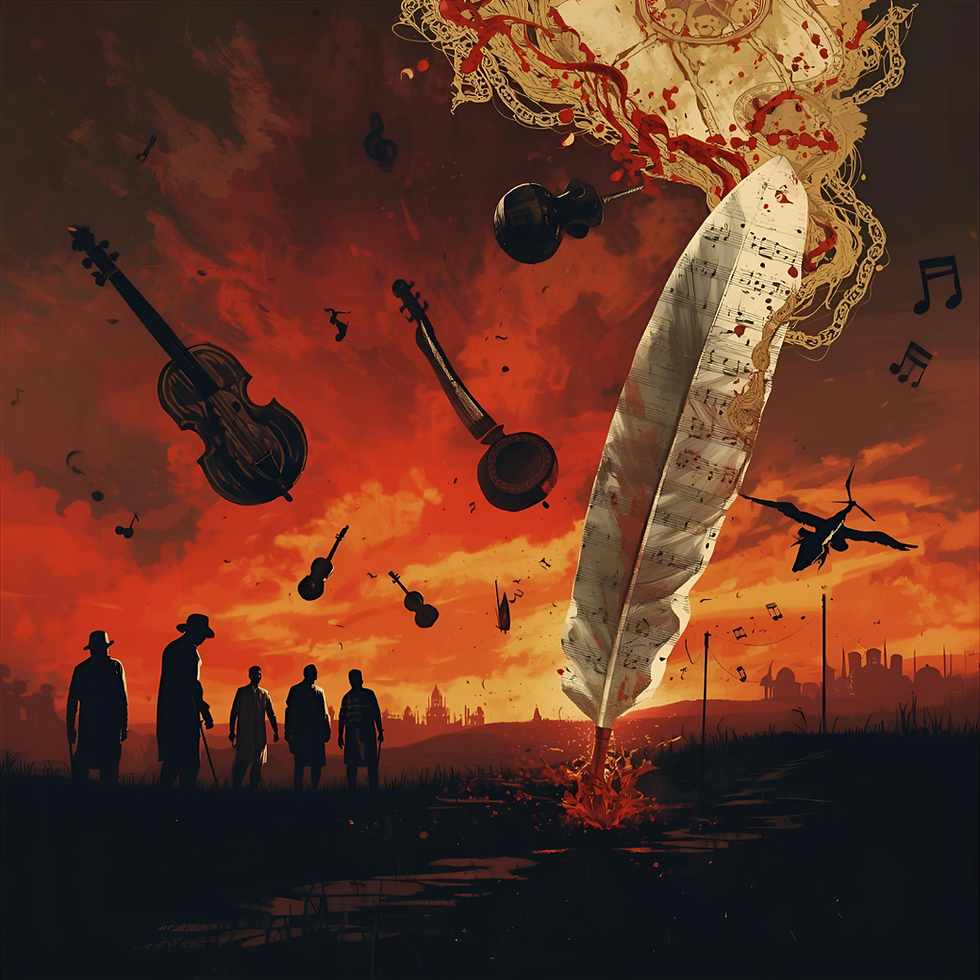
What sets films like Omkara and Haider apart? They’re not simply retelling stories, they interrogate them. Bhardwaj boldly lets Indian landscapes amplify the tense dramas . It is as if Shakespeare’s iconic dilemmas like jealousy, betrayal, identity are magnified by local politics, ethical quandaries, and cultural tension. Even the musical score carries the weight of destiny, Thanks to Bhardwaj’s music in all these movies.
Female Power and Revenge
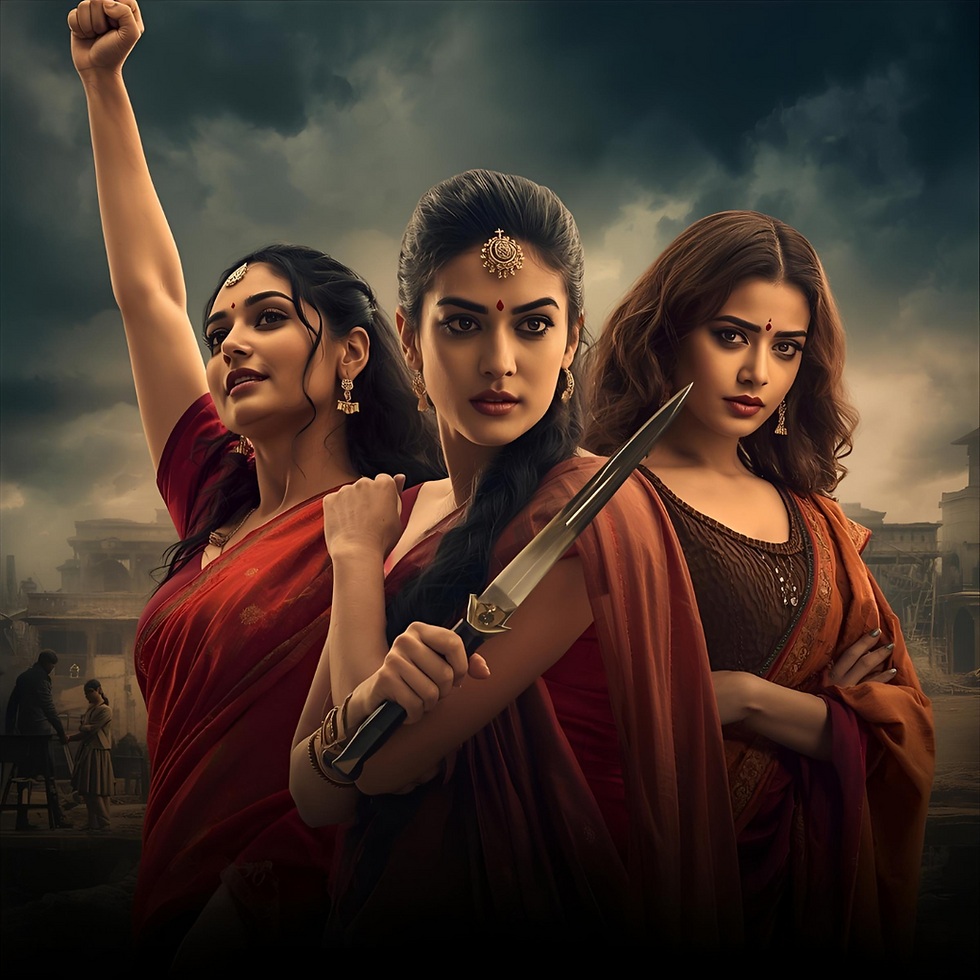
In Bhardwaj’s universe women wield new power. Poonam Trivedi’s essay dives into Indian heroines as avengers, flipping the script on tragedy. Ophelia becomes a rebel, Desdemona gains agency, and the result is less passive suffering, more active defiance. These adaptations spark debates about justice, choice, and voice, charging classic tales with the electricity of modern India .
Eklavya: Mahabharata vs. Hamlet
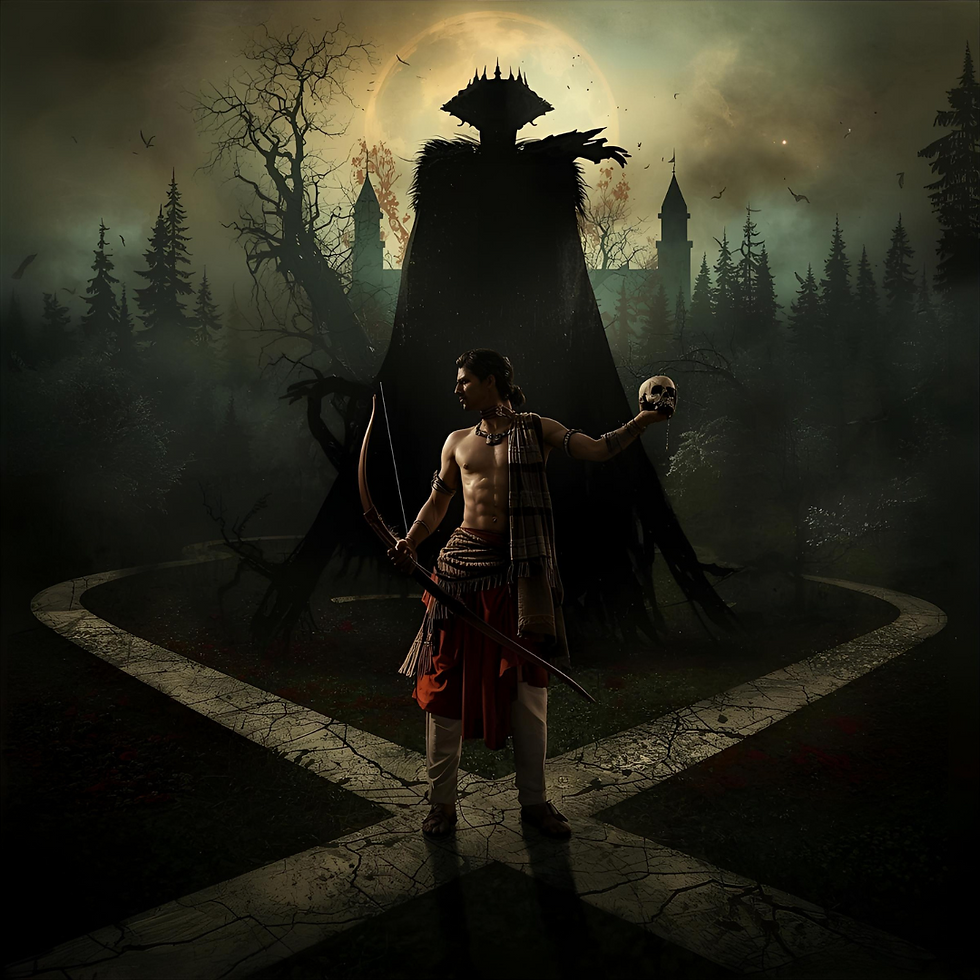
Consider Eklavya, the voiceless archer in the Mahabharata, stepping into Shakespeare's shoes. Robert White's book, Eklavya: Shakespeare Meets the Mahabharata, is true literary alchemy. This book braids intertextual threads between two worldviews, addressing the self-reflection in Hamlet and Eklavya's trials.
Eklavya's journey highlights dharma or duty, being left out, and the struggle of performance in elite groups that foreshadow Hamlet's much longer slog through Denmark's decaying kingdom.These stories fall into each other, tangled with themes of loyalty, ambition, and the cost of truth. Indian cinema, by weaving local myth with Western tragedy, shows how narratives can leap across continents and centuries without losing their heartbeat .
Southern Sparks: Shakespeare in Telugu and Tamil Cinema
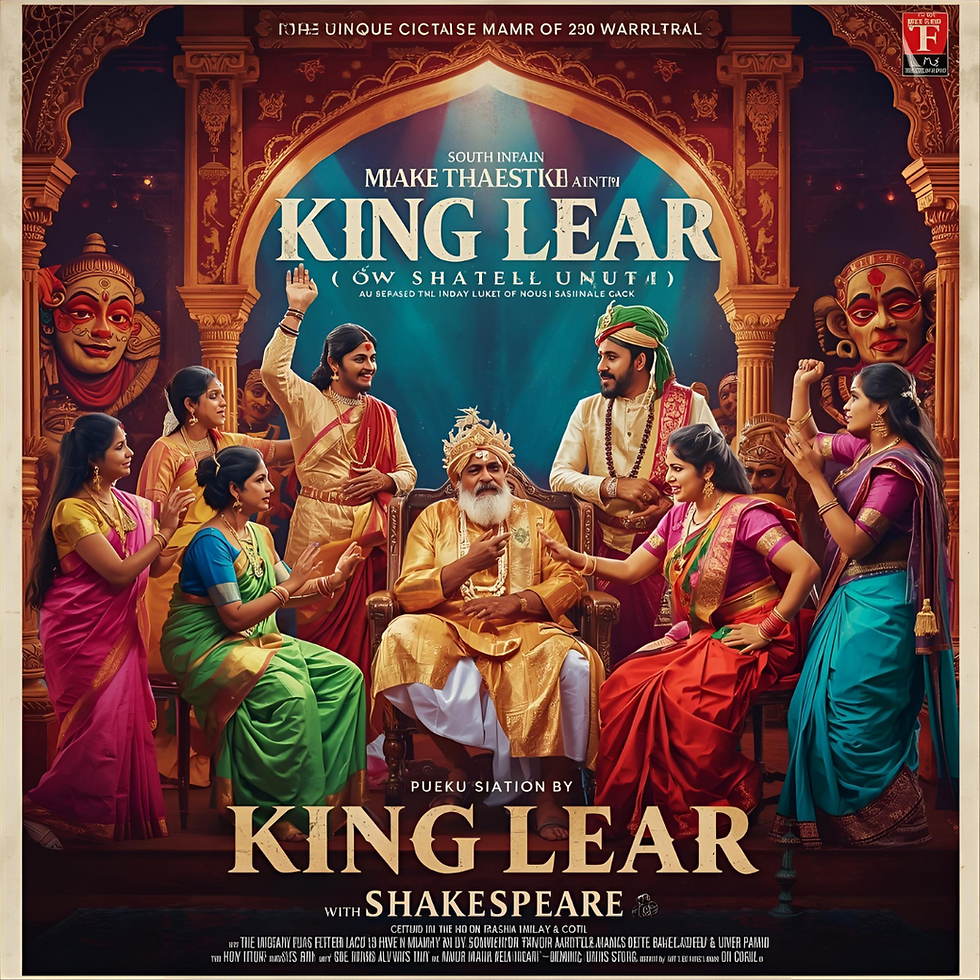
Beyond Bollywood, South Indian filmmakers have staged their own takes on shakespear’s works. Take Gunasundari Katha, a Telugu classic reworking King Lear’s themes. Here, familial stakes, personal downfall, and redemption are told with lush, mythic storytelling and lighter moments that send ripples through the tragedy. Other regional films riff off Othello or Macbeth, blending folk theatre, melodrama, and musical numbers into Shakespearean frameworks .
Plot twists, mistaken identity, and thwarted ambition appear not in heavy reverence, but with a playful gallows humor. Audiences engage with these films not as foreign productions but as films about home, informed by local codes and passions.
The Power of Intertextuality

The real magic of these adaptations lies in their intertextuality. Shakespeare is not appropriated, but shared. His stories cohibit Indian myth and contemporary reality. This interplay creates new dialogues on identity, duty, and resistance, challenging viewers to see familiar stories through new lenses.
Shakespeare and Indian Cinemas: 'Local Habitations' examine this interplay's reverberation on international scholarship on Shakespeare. By showcasing the Bard's plays flourishing in local contexts, such as socio-political instability, social change or aesthetic experiment, filmmakers are pushing the possibilities of adaptation and interpretation.
Why are these Adaptations Jaw-Dropping?

Ultimately, It’s their refusal to leave Shakespeare as a museum piece rather the soul of his works is set loose, finding new life in bazaars, villages, and city streets. Adaptations embrace messiness, delight in contradiction, and never stop asking tough questions.
Indian filmmakers have viewed Shakespeare not so much as an assignment but as a resource for experimentation with storytelling. Tragedies turn into folk tales, comedies tap to local rhythms, and every film is a welcome invitation, To listen, to watch, to feel, to see how stories move, change and survive.
ABOUT THE AUTHOR
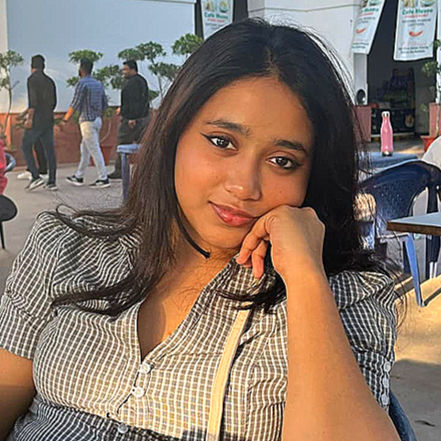
Meet Prarthana Binish, a history undergraduate lover who finds stories hidden in Delhi’s old streets and monuments. When she’s not exploring the past, she’s strumming her guitar, balancing the echoes of history with the rhythm of music.




Comments